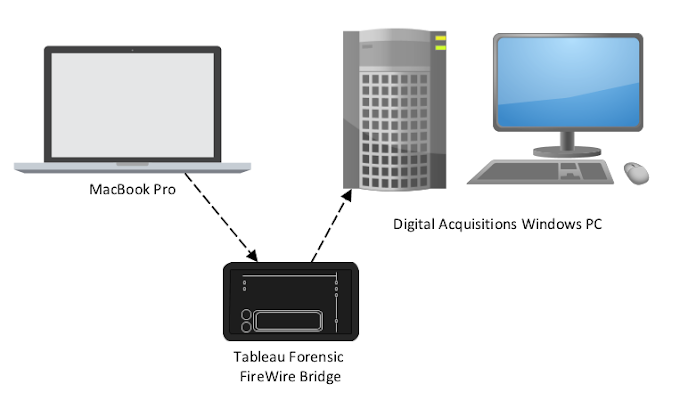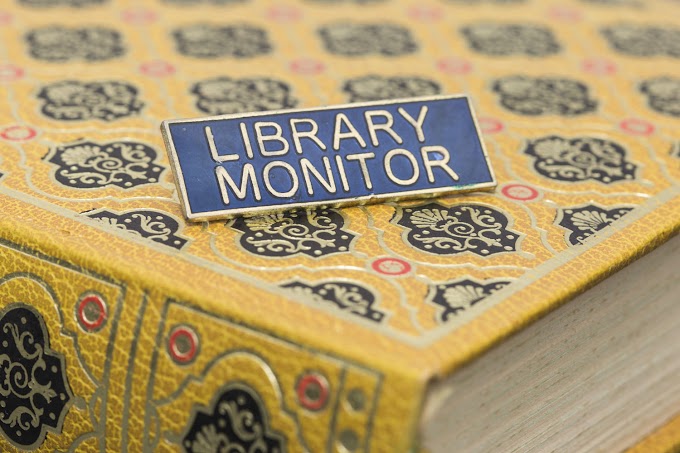 |
Digital cameras are often used for digitisation projects instead of scanners for various reasons, including speed and handling requirements of fragile material. If you are using a digital camera you may be wondering whether you can trust that it produces an accurate representation of the original. So can you trust your camera? The short answer is no, but there are steps you can take to ensure accuracy and trust in your digitisation techniques and processes.
The amount of accuracy or trust you need in your images depends on your intended use. There are some circumstances where it is not important, but there is also a strong argument where your aim should always be to do it once and do it right. The majority of my work in digitisation is for access and this means capturing the most accurate representation possible. It should go without saying that images from a digital camera require processing after capture and this is especially important for colour accuracy.
To provide trust and accuracy in digitisation you need to include some sort of reference in your photograph - a known value that can be used to measure and assign settings like colour balance and exposure either before or after capture. There are several ways you can do this, where the easiest and most useful method is to utilise something like the QPcard 101 neutral reference card. Aside from the ability to use the neutral grey as a white balance for colour accuracy and measure of exposure, it also contains a ruler which is useful for working out size and pixels per inch (PPI) for reproduction purposes.
To ensure you can trust in the reproduction of colour it is also recommended that you also create a custom colour profile for your camera. If you are using a DSLR, you can use something like the ColorChecker Passport. It is important to remember that these profiles are specific to the camera body, lens and lights you are using so if any of these aspects change then you need to create a new custom profile.
In some circumstances you may not actually want to show an object as it is. The image at the beginning of this post shows an example where the original photograph has degraded with what can be called silvering or silver mirroring (as seen in the middle slice of the photograph). To combat this a technique called cross polarisation is utilised to remove reflections, as seen in the left slice of the photograph. It is important to consider the use of polarisers in copywork as it not only increases contrast but could also be misleading if the digital copy is being used for collection care and assessment purposes.
Other factors to consider when using a camera include lens distortion and the alignment of the camera to both the object and capture surface. Both of these factors can distort the shape of the object so it is important to address them. It is recommended that you use a quality lens (preferably non-zoom) on a copy stand and use a spirit level or other devices (such as a Zig-align) to ensure camera alignment.
- FADGI Technical Guidelines for Digitizing Cultural Heritage Materials
- Metamorfoze Preservation Imaging Guidelines
- Les Walking's technical papers
- Digital Practice Guidelines by the State Library of NSW
- Digital Access to Collections Toolkit
- NARA Technical Guidelines for Digitizing Archival Materials for Electronic Access
- DigitalNZ
This is my first post as part of the GLAM Blog Club. With the February 2017 topic "trust", I thought it would be the perfect opportunity to get involved and share my thoughts. I also hope to write a second post for this month as trust is at the forefront of what I do for work, not only in digitisation but also the long term preservation of both born and turned digital assets.
First image caption: Left: polarised and colour balanced, middle: without polariser, right: incorrect colour balance. Original image courtesy of the Mitchell Library, State Library of New South Wales.
First image caption: Left: polarised and colour balanced, middle: without polariser, right: incorrect colour balance. Original image courtesy of the Mitchell Library, State Library of New South Wales.






